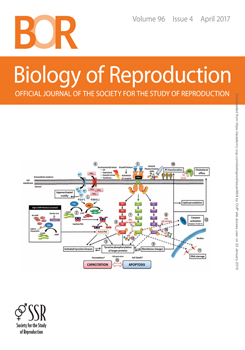Spermatogonial stem cells must balance self-renewal with production of transit-amplifying progenitors that differentiate in response to retinoic acid (RA) before entering meiosis. This self-renewal vs. differentiation fate decision is critical for maintaining tissue homeostasis, as imbalances cause defects that can lead to human testicular cancer or infertility. Little is currently known about the program of differentiation initiated by RA, and the pathways and proteins involved are poorly defined. We recently found that RA stimulation of the Phosphatidylinositol 3-kinase (PI3K)/AKT/Mammalian target of rapamycin (mTOR) kinase signaling pathway is required for differentiation, and that short-term inhibition of mTOR complex 1 (mTORC1) by rapamycin blocked spermatogonial differentiation in vivo and prevented RA-induced translational activation. Since this phenotype resulted from global inhibition of mTORC1, we created conditional germ cell knockout mice to investigate the germ cell-autonomous role of MTOR in spermatogonial differentiation. MTOR germ cell KO mice were viable and healthy, but testes from neonatal (postnatal day (P)8), juvenile (P18), and adult (P > 60) KO mice were smaller than littermate controls, and no sperm were produced in adult testes. Histological and immunostaining analyses revealed that spermatogonial differentiation was blocked, and no spermatocytes were formed at any of the ages examined. Although spermatogonial proliferation was reduced in the neonatal testis, it was blocked altogether in the juvenile and adult testis. Importantly, a small population of self-renewing undifferentiated spermatogonia remained in adult testes. Taken together, these results reveal that MTOR is dispensable for the maintenance of undifferentiated spermatogonia, but is cell autonomously required for their proliferation and differentiation.
Germ cell specific Mtor knockout mice exhibit a phenotype in which spermatogonia self-renew in adult mice, but fail to proliferate, differentiate, and complete spermatogenesis.





